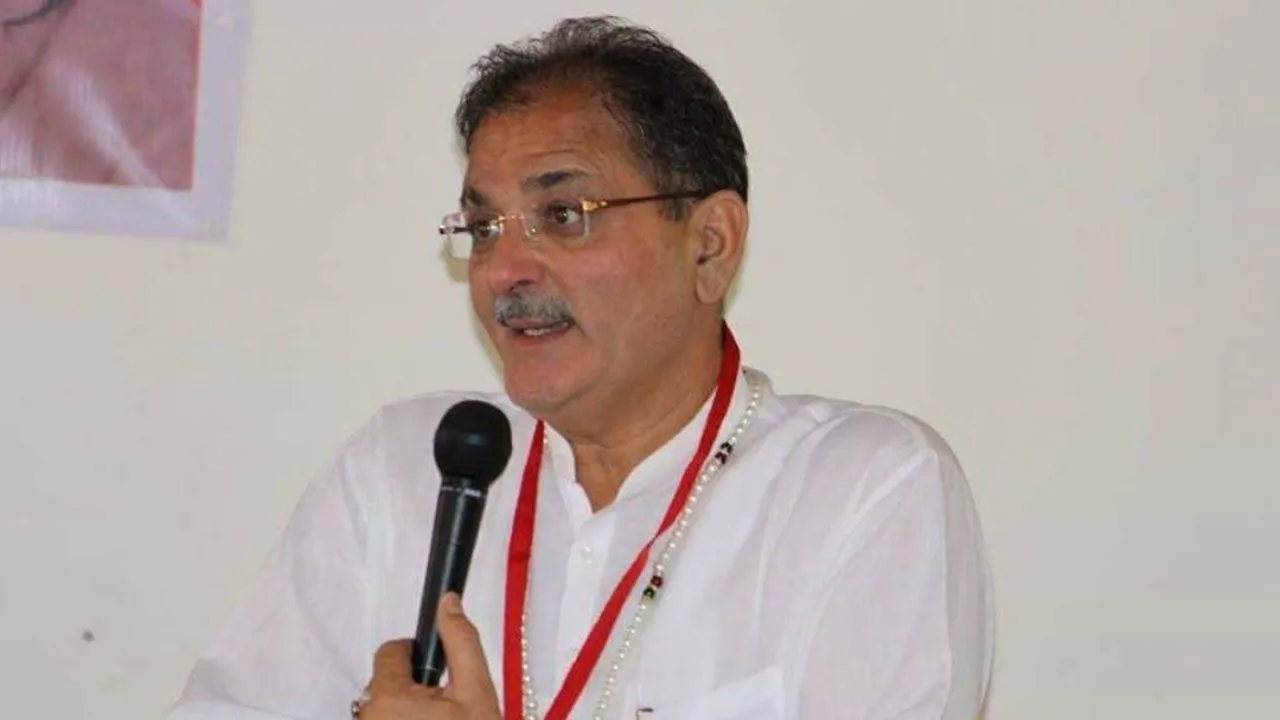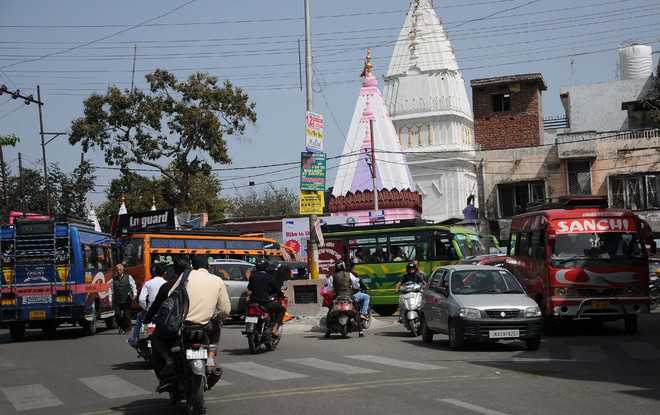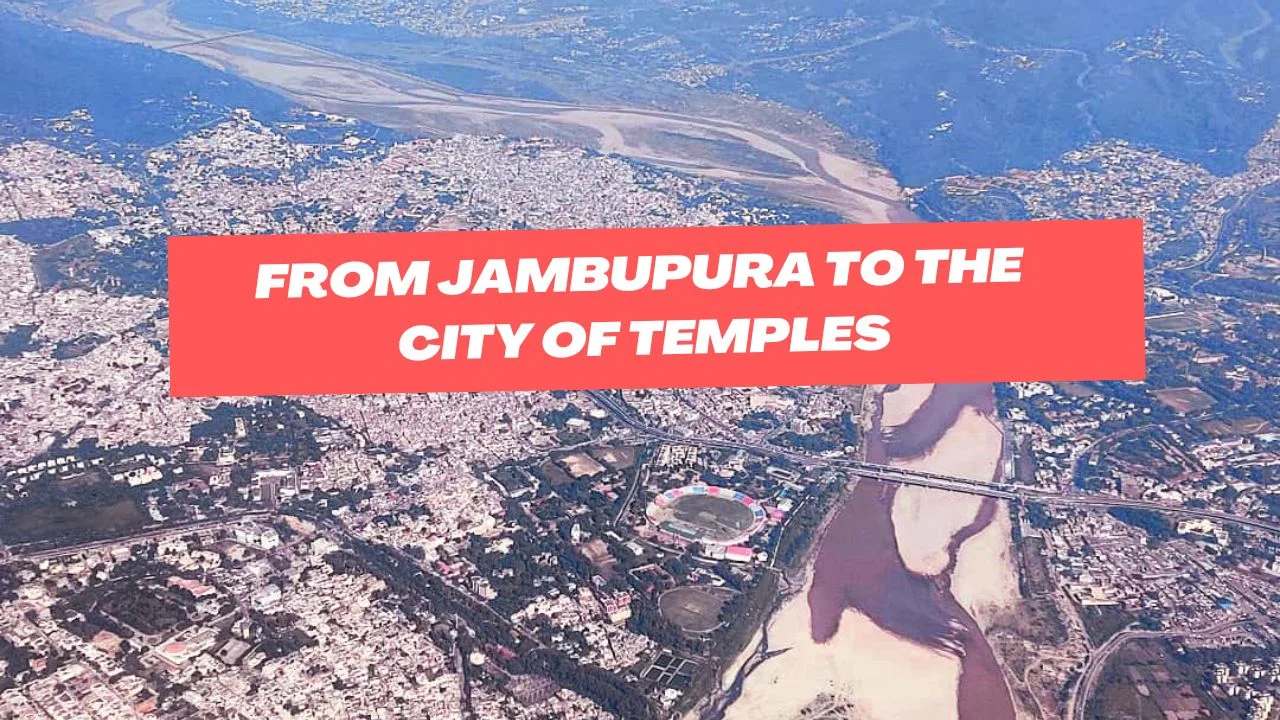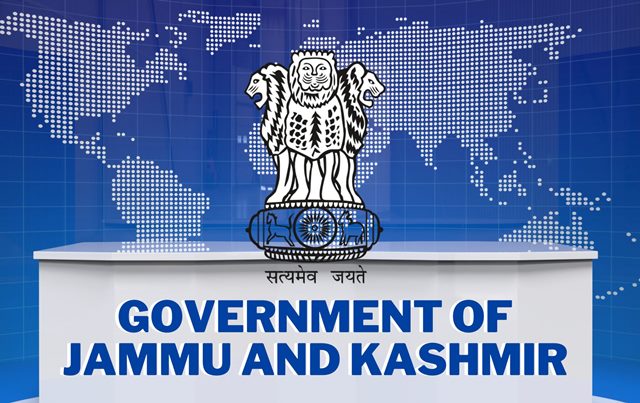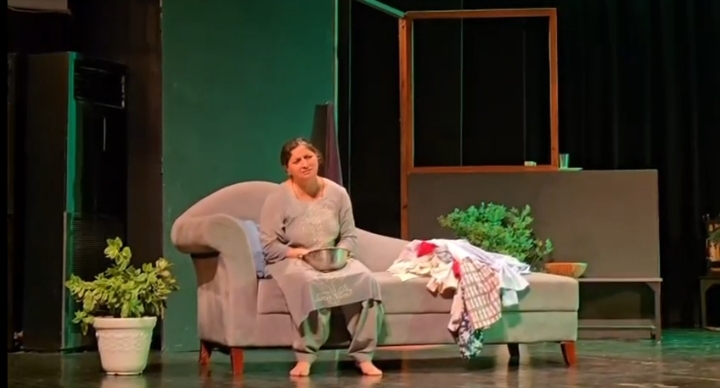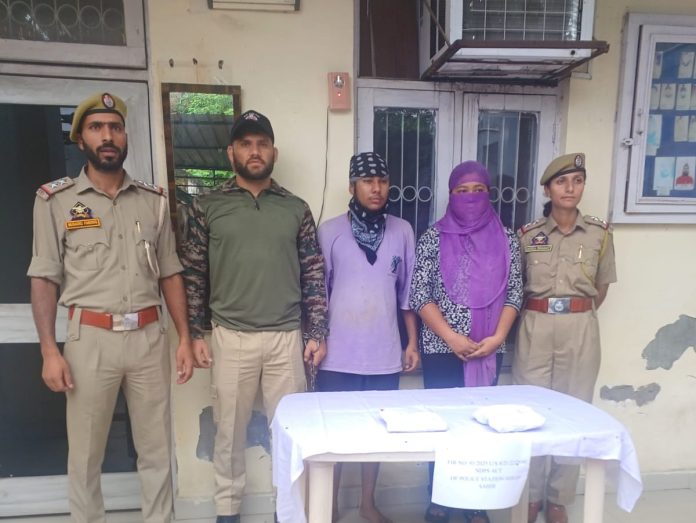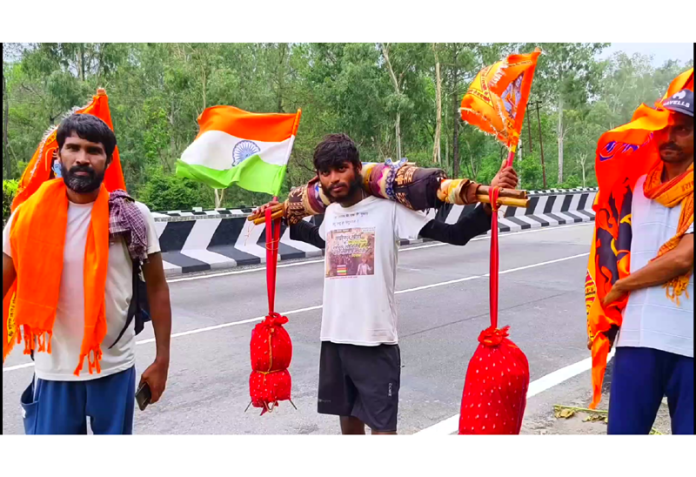The terror strike in picturesque Pahalgam on April 22, 2025, which claimed at least 26 lives, underscores a deadly escalation in Jammu and Kashmir’s long-running insurgency. This brazen Baisaran Valley attack—where gunmen singled out tourists based on their Hindu faith—marks the deadliest civilian massacre in the region since Pakistan-backed militancy flared in 1991. Below, we trace the major terror incidents that have rocked Jammu & Kashmir over the past 25 years, revealing patterns in extremist violence, evolving tactics, and the relentless threat to civilian life.
Historical Context: Pakistan-Sponsored Terrorism Since 1991
Since militant groups ramped up operations in the early 1990s, Jammu & Kashmir has endured a steady trickle of violence. Islamabad’s support for insurgent outfits has fueled a cycle of retaliation, heavy military deployments, and tragic loss of innocent lives. Understanding this broader backdrop clarifies why the Pahalgam massacre represents both a horrifying flashpoint and a logical extension of decades of sectarian targeting.
Chattisinghpora Massacre, 2000: Targeting the Sikh Minority
On March 21, 2000—just before US President Bill Clinton’s state visit—terrorists executed a brutal ambush on Chattisinghpora village in Anantnag district. Militants stormed Sikh homes, killing 36 civilians and wounding several others. This attack shocked global audiences by highlighting that no community was safe, sparking condemnation from the Indian government and international media alike.
Amarnath Yatra Attacks: Striking Pilgrims in 2000 and 2001
The annual Amarnath pilgrimage—drawing thousands of Hindu devotees—emerged as a high-profile target:
- Nunwan Base Camp Attack (August 2000): Militants opened fire on pilgrims at the Nunwan campsite, killing 32 people, including 24 devotees. The strike fueled fears over shrine safety.
- Sheshnag Lake IED Blasts (July 2001): After infiltrating the security cordon, terrorists detonated two improvised explosive devices (IEDs) near Sheshnag Lake. Thirteen individuals died, comprising eight Hindu pilgrims, three Muslim civilians, and two security personnel.
These assaults underscored militants’ intent to disrupt religious tourism and stoke communal tension.
Srinagar Assembly Bombing, 2001: Assault on Democracy
In October 2001, attackers rammed a suicide car bomb into the Jammu & Kashmir Legislative Assembly complex in Srinagar. The explosion killed 36 people—lawmakers, staff, and bystanders—while injuring scores more. By striking at the heart of regional governance, extremists aimed to erode public confidence in civil institutions.
Kaluchak and Chandanwari Strikes, 2002: Women, Children, and Security Forces Targeted
Militants continued pushing boundaries in 2002:
- Kaluchak Army Camp Infiltration (May 2002): Terrorists slipped past guard posts to open fire inside a lightly defended army camp at Kaluchak, Jammu. They slaughtered 36 individuals, most of whom were women and children accompanying soldiers.
- Chandanwari Base Camp Assault (May 2002): Separately, militants attacked the Chandanwari campsite for Amarnath pilgrims, killing 11.
- Lower Munda IED Blast (November 2002): A bomb on the Jammu-Srinagar highway detonated near Lower Munda, killing 19 people—including civilians and security forces—and injuring dozens more.
These episodes demonstrated militants’ willingness to mix guerrilla tactics with indiscriminate violence against noncombatants.
Nadimarg Massacre, 2003: Killing Kashmiri Pandit Families
In March 2003, terrorists dressed as soldiers stormed a Kashmiri Pandit settlement in Nadimarg, Pulwama district. They dragged 24 residents—men, women, and children—from their homes before executing them. This massacre deepened the exodus of Kashmiri Pandits from the valley, fracturing its pluralistic social fabric.
Pulwama Marketplace Bombing, 2005: Car Bomb in Civilian Hub
On December 23, 2005, militants parked a car laden with explosives in a busy Pulwama market. The resulting blast killed 13 civilians—including two children and three CRPF personnel—and wounded over 100. This bold urban bombing signaled a shift toward large-scale attacks in densely populated areas.
Sporadic Grenade and Shooting Attacks, 2006
The year 2006 saw a spate of grenade and shooting assaults:
- April 2006 Grenade Attack: A grenade lobbed into a marketplace killed five people and injured 44 shoppers.
- June 2006 Yaripora Shooting: Militants gunned down nine migrant labourers from Nepal and Bihar, plus one Indian Army soldier, near Yaripora in Anantnag district.
- July 2006 Srinagar Grenade Firing: Simultaneous grenade blasts at multiple Srinagar locations killed eight and injured more than 40.
These rapid-fire strikes demonstrated militants’ adaptability and intent to sustain fear.
2017 Amarnath Pilgrims Bus Attack: Renewed Lashkar-e-Taiba Threat
On July 10, 2017, Lashkar-e-Taiba militants ambushed a bus carrying Hindu devotees from Gujarat to the Amarnath Shrine. They killed eight pilgrims and injured 18. The attack rekindled fears that religious travellers remained prime targets despite enhanced security protocols.
Pulwama CRPF Convoy Suicide Bombing, 2019
February 14, 2019, witnessed one of the deadliest modern attacks: a suicide bomber in a car rammed into a CRPF convoy on the Jammu-Srinagar highway at Lethpora, Pulwama. The blast killed 40 paramilitary personnel and injured many others, catalyzing a diplomatic crisis between India and Pakistan and escalating regional tensions.
2022 Migrant Workers Shooting: Labour Exodus and Unrest
In July 2022, militants shot three migrant workers from Bihar in Budgam district. The incident triggered mass departures of non-local labourers from the Kashmir Valley, causing acute labour shortages and heightening economic anxiety among local industries.
The 2025 Pahalgam Terrorist Attack
On April 22, 2025, terrorists opened fire at tourists in Baisaran Valley, Pahalgam. After confirming their Hindu identity, gunmen executed at least 26 civilians—most of them families and honeymooners. This atrocity, the deadliest civilian attack since 1991, underscores a chilling trend: militants exploiting Kashmir’s natural beauty to stage sectarian massacres.
The Pahalgam Terrorist Attack stands as a grim testament to the enduring terror threat in Jammu & Kashmir. By analyzing 25 years of militant campaigns—from Chattisinghpora to Pulwama—we recognize persistent patterns: sectarian violence, pilgrim targeting, and opportunistic strikes on soft civilian targets. As the region mourns this latest atrocity, India’s security apparatus and civil society must unite to protect precious lives, uphold pluralism, and restore Kashmir’s reputation as a peaceful land of unparalleled natural beauty.



